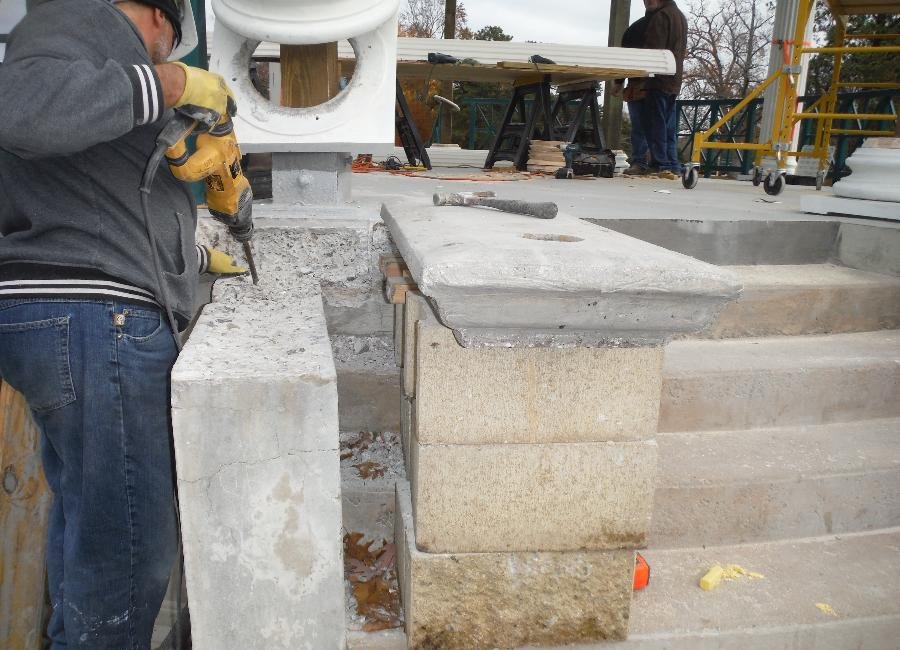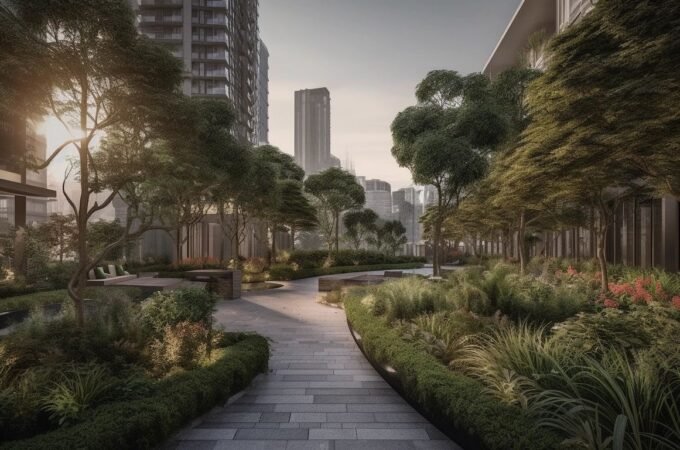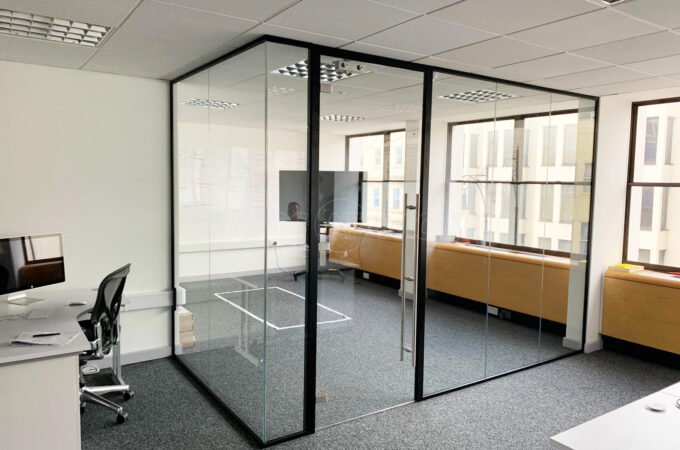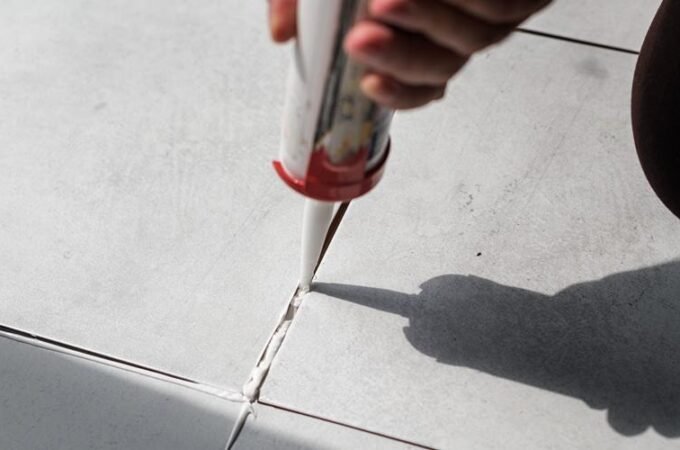
Cost-Effective Solutions for Concrete Repair and Surface Stability
Concrete, a cornerstone of modern infrastructure, underpins roads, bridges, industrial floors, and commercial properties. Its unparalleled strength and adaptability have made it the preferred building material for millions of structures worldwide. However, concrete is not immune to nature’s forces or everyday use stresses. Over time, environmental exposure, repeated load stresses, and simple aging can gradually break down this essential material, leading to cracks, scaling, and loss of surface integrity. Whether it’s highways exposed to cycles of freezing and thawing or industrial floors enduring persistent traffic, damage can occur in many forms, compromising safety and appearance. While full replacement may seem unavoidable in severe or structurally critical cases, advancements in concrete repair methods have enabled property owners and facility managers to address most issues more efficiently and affordably than in the past. Consulting concrete repair specialists Washington ensures you select the right solution and avoid unnecessary expenses through expert diagnosis, tailored rehabilitation plans, and innovative stabilization techniques that fit your needs and budget. Relying on expert guidance can also minimize downtime, prevent future complications, and add years of serviceable life to your concrete surfaces.
By adopting updated repair methodologies and prioritizing preventive maintenance, public works administrators, commercial facility managers, and private homeowners alike can extend the service life of their concrete investments and reduce long-term lifecycle costs. The modern approach to concrete care emphasizes proactive interventions and smart investments in advanced technologies.
Table of Contents
ToggleSprayable Ultra-High-Performance Concrete (UHPC)
Revolutionizing Repairs with UHPC
Sprayable UHPC represents a significant advancement in concrete repair technology, dramatically altering how surface restorations are approached. Unlike conventional patching materials that often require formwork, dry time, or limited application to horizontal surfaces, UHPC can be sprayed as a thin but ultra-resilient overlay across various orientations—even on vertical or overhead surfaces where gravity and drips previously posed challenges. The spray application technique speeds up project timelines by reducing labor time and minimizing disruption, which is especially valuable when working on critical infrastructure like bridges, ramps, and parking decks that must remain operational and safe during repairs. This flexibility in application means that inaccessible or awkwardly positioned surfaces can now be treated with high-performance concrete, bridging a significant gap in traditional repair options.
A notable breakthrough led by researchers at Florida International University resulted in a version of sprayable UHPC that costs about $500 per cubic yard, less than half the average price of earlier UHPC formulations. This new mix, already utilized in U.S. bridge repairs, has shown outstanding performance with high resistance to freeze-thaw cycles, deicing chemical exposure, and natural weathering. Its rapid setting properties, which permit a quick return to service, and its superior durability compared to traditional concrete overlays have made UHPC the top choice for structures that require long-lasting rehabilitation.
Fiber-Reinforced Concrete (FRC)
Enhancing Structural Integrity and Longevity
Fiber-reinforced concrete (FRC) is a powerful option for strengthening concrete surfaces and extending their usable life. By incorporating steel, glass, polymer, or synthetic fibers directly into the concrete mix, this material is engineered to block the propagation of micro-cracks and reinforce zones of tensile stress. These fibers absorb impacts, distribute loads more evenly, and prevent small cracks from widening under repeated stress. The flexibility and toughness provided by these fibers result in significantly more damage-resistant surfaces than plain concrete, particularly in high-traffic or industrial scenarios where abrasion, heavy loads, and impacts are frequent. Over time, this added resilience becomes especially evident in areas most vulnerable to mechanical wear and tear.
FRC is especially valued in the construction of sidewalks, warehouse floors, pavements, and transportation infrastructure, where surface wear is a persistent challenge. Municipal planners and property owners increasingly opt for fiber-reinforced mixes because they improve load-bearing strength and dramatically reduce the likelihood of early cracking or spalling. The initial investment in FRC may be higher than that required for traditional concrete, but returns are seen quickly through reduced maintenance needs, fewer shutdowns for repair, and extended intervals between resurfacing operations.
In addition to practical performance benefits, FRC offers greater design flexibility, enabling the construction of high-performance concrete components with thinner shapes or intricate patterns that retain their structural integrity over time. This makes it highly attractive for repair, architects, and developers seeking unique or innovative visual effects in new builds. As the need to cut costs and improve sustainability rises across industries, fiber-reinforced concrete stands out as a forward-thinking, effective choice for many repair and new construction applications. The increased longevity and reduced demand for resource-intensive rehabilitation further underscore its value.
Utilizing Recycled Materials
Sustainable Practices for Cost Savings
For builders and property owners committed to sustainability, utilizing recycled concrete aggregate (RCA) is a compelling way to reduce material costs and the environmental impact of construction projects. RCA is created from crushed concrete sourced from demolition or renovation, and is used to replace a portion of the virgin aggregates that typically make up concrete mixes. This practice diverts construction debris from landfills while conserving valuable natural resources, aligning with broad environmental goals and sometimes contributing toward green building certifications. In addition, RCA helps curb transportation emissions and energy consumption associated with mining and shipping new materials.
Recent advancements in processing and quality control mean that RCA can often match, or even exceed, the structural performance of traditional aggregates, especially when paired with newer high-performance cement blends or chemical additives. By blending RCA with innovative repair materials, contractors achieve superior compressive strength, durability, and freeze-thaw resistance without the premium cost associated with fully synthetic alternatives.
Government agencies and private developers are increasingly specifying RCA in infrastructure guidelines and public works contracts, making its adoption likely to continue rising. Embracing recycled aggregates is not only a smart financial decision but also a critical move in promoting responsible stewardship of the built environment for future generations. As regulations and societal awareness push for greener construction practices, recycled materials will only become more prominent in new builds and repair projects.
Self-Healing Concrete
Preventing Repairs Before They Begin
One of the most exciting advances in concrete technology is self-healing concrete—a solution that addresses deterioration before it leads to visible damage or costly repairs. By embedding microcapsules filled with healing agents, such as polymers or mineral compounds, into the concrete, self-healing formulations automatically respond when cracks form. The stress or presence of water triggers the microcapsules to release their contents, which then seep into the crack and solidify, effectively sealing fissures and restoring impermeability. This prevents water intrusion, reduces corrosion of reinforcement steel, and maintains surface integrity over a longer period. This technology could mean fewer emergency repairs and more predictable performance over time for critical infrastructure.
Applications for self-healing concrete have rapidly expanded, from transportation infrastructure such as highways and tunnels to the floors and walls of commercial buildings—anywhere that enduring strength and low maintenance are crucial. While still under active research, pilot projects and laboratory results show immense promise for widespread adoption. Self-healing concrete may reduce the direct costs associated with repairs and lower overall risk and insurance costs by drastically extending service life. As cost barriers drop and manufacturing techniques mature, the integration of self-healing elements may become a common specification in infrastructure and commercial construction.
Though it remains a relatively new entrant compared to other repair methods, the potential for self-healing concrete to become standard in construction and major renovations is growing, especially as material science and field deployment techniques mature and become more affordable. The positive impact on maintenance budgets, asset reliability, and environmental performance will likely drive further development and acceptance in both the public and private sectors.
Regular Maintenance and Timely Repairs
The Importance of Scheduled Maintenance
While innovative materials and advanced repair methods offer significant benefits, routine maintenance remains the most crucial and cost-effective strategy for safeguarding concrete surfaces. Small defects such as hairline cracks, surface spalling, and sealant breakdowns are best caught early. Scheduled inspections allow property managers to execute targeted, lower-cost repairs, preventing localized damage from spreading and escalating into problems requiring expensive resurfacing or full-scale structural replacement. Consistent inspection and preventive action are the foundations of long-term savings, ensuring assets perform efficiently throughout their intended lifespan.
Establishing a routine maintenance plan usually includes periodic cleaning to remove abrasive dirt and chemicals, sealing joints to exclude water, and conducting minor patching when needed. Using maintenance logs and digital inspection tools, facility managers can track wear patterns and react swiftly to adverse events, including seasonal temperature swings and heavy use. By doing so, owners and administrators extend the lifespan of their assets, minimize capital expenditures, and ensure that concrete surfaces remain safe and visually appealing. Dedicated maintenance teams or third-party inspection services may play a valuable role, especially for complex or high-value properties.
Conclusion
Investing in modern repair techniques and adopting a proactive approach to maintenance enables property owners and facility managers to achieve lasting value. Not only do these strategies protect infrastructure and public safety, but they also support important sustainability standards. By leveraging breakthrough materials like sprayable UHPC, fiber reinforcement, recycled aggregates, and self-healing concrete—and by making regular maintenance a part of your long-term operational plan—you can maximize durability, minimize costs, and contribute to an efficient and environmentally responsible built environment. These innovations are shaping the future of construction, ensuring robust communities and smart investments for generations to come.

Benjamin Ortiz is a digital marketing expert. He currently runs an SEO agency and a survival gear review blog.






